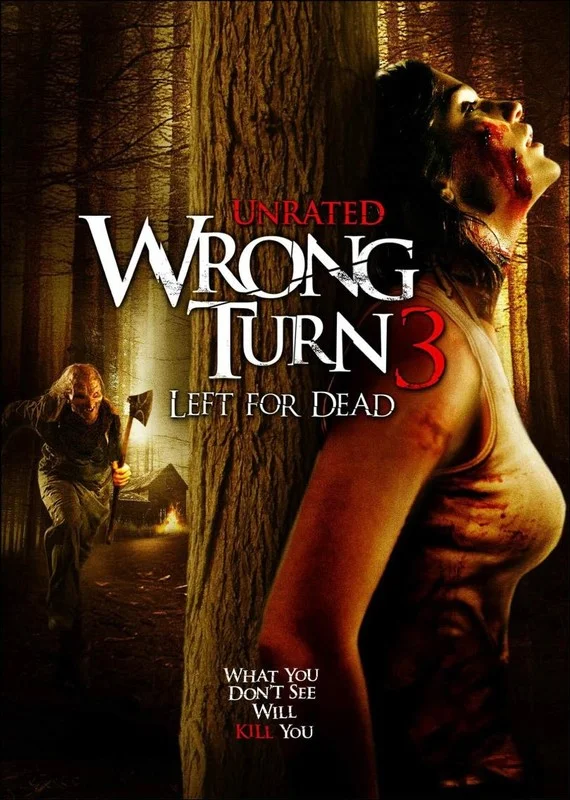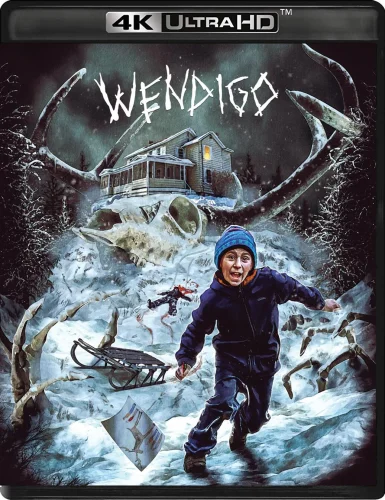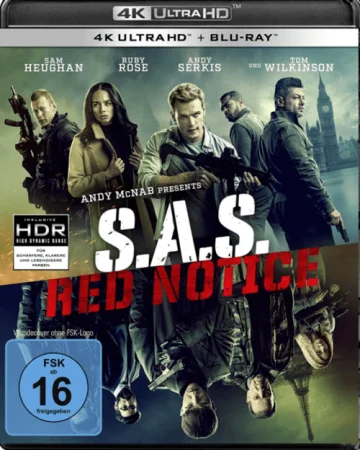Death Line 4K 1972 Ultra HD 2160p
Storyline
In London, the American college student Alex Campbell and his British girlfriend Patricia Wilson stumble upon a fainted man in the tube stairway in Russell Square. Patricia forces Alex to look for a guard to help the man but when they arrive, the man is gone. When the sarcastic Inspector Calhoun learns that the missing man is an Officer of the Order of the British Empire, he asks Detective Sergeant Rogers to bring the couple to the precinct to confirm that the man was alive. Meanwhile MI5 agent Stratton-Villiers assumes the case and orders Calhoun to leave. However, there are other cases of missing persons in that station and Calhoun proceeds the investigation. What the officers do not know is that there is a cannibal survivor from a collapse in the tunnel in 1892 living in the underground that is kidnapping passengers to feed and to have companionship.
User Review
I have seen a number of films starring Donald Pleasence, and however authentic his roles may be, for example in John Carpenter's films, I am deeply convinced that his most “lively” and satirical performance is here in Death Line. The actor appears before the audience in the role of Police Inspector Calhoun, who constantly makes funny facial expressions and discreetly (without any hint of absurdity) mocks the image of a prim Englishman, often asking for a cup of tea and blowing his nose into an absurdly large handkerchief, tirelessly waging a silent war with tea bags. Involuntarily, as soon as Pleasence appears on screen, you catch yourself thinking that your attention is entirely focused on his performance, identifying his work as that of a true Actor. At the same time, although this man has been given a decent role, endowed with a breadth of improvisation (I am sure that the “dry” English humor, and indeed the overall comical image, was acquired precisely from the energy of the person playing the character), the plot, quite understandably, is not only centered around him.
The director presents on screen a kind of urban legend, not without an alluring curiosity. Its essence is that in modern (at the time of the film's release) England, there is an old abandoned branch of the underground with a disused main line, where a collapse disaster occurred at the end of the 19th century. No one rescued the people who remained there, so it is possible that their descendants still roam the gloomy concrete and stone places, searching for victims, just like primitive hunters. This is the starting point for the entire film, drawing its horror from the unknown darkness of the archway, where no subway trains run.
The film moves quickly, allowing the director to show us the abandoned underground world, where only one savage man remains alive from the descendants of the people who were left behind. Surprisingly, he is not just a “cardboard” character, some beast in rags, but the same mad cannibal, but at a turning point in his life, when his pregnant wife dies for unknown reasons. Here, the wild rampage rages even more, which is why the night subway begins to fill with more and more missing city dwellers. We become confused in our feelings towards this character, because he embodies evil, but at the same time we feel sorry for him, as if he were a rabid animal. And the family tragedy exacerbates the process.
Along the way, the narrative is diluted with the world of ordinary people, with a modest police station where an inspector conducts his unhurried investigation. There will also be a couple of students who unwittingly become witnesses to the unidentified underground. The entire film takes place in a series of extremely naturalistic shots of the savage's dwelling, with all the horrors of mummified relatives and dusty surroundings presented in detail, contrasting with the clean, noisy life under the cloudy skies of London, where the policeman cracks jokes. It should be noted that although Pleasence's character is amusing, this in no way detracts from the eerie effect of the overall narrative; his peculiar humor seems quite harmonious and appropriate for everyday life. No one went overboard.
Christopher Lee also appears in the film, but only in one scene, a verbal confrontation with the inspector.
There is always something happening on screen, and the story never stagnates. Sometimes it's just details of the investigation, sometimes the everyday life of a couple of students and the crazy underground life, and sometimes vivid scenes of a savage attack by a savage on people he meets in the subway. But the film cannot be called particularly dynamic; it came out in English unhurried and restrained in terms of scale: there is action, and the ending is also subject to events, but it resembles the ending of Hooper's The Texas Chainsaw Massacre, with a girl falling into the deadly lair of a maniac, like a forest animal into a trap, where the gravity of the situation is felt more than the action.
Summing up the assessment of the film, it can be classified in several genres with frequent transitions. We are presented with frank horror and aggression from the back alleys of the subway, a claustrophobic thriller-drama about the savage life of the descendants of unwanted, abandoned people, and sometimes the amusing everyday life of a police inspector who unhurriedly goes about his business without any hint of heroism clichés. The level of bloodthirstiness is not too high, nor is it minimal, but the pressure on the viewer is not bad and is achieved through the subconscious phobia of the oppressive darkness of the place where Londoners constantly descend day after day to go to and from work, where they are forced to stay for a certain number of hours a day. I think that the calculation was based precisely on the most important foundation of any urban legend—its proximity to everyday realities, which at times reveal their dark side.
And there is also a noticeable unspoken directorial view of the indifference that surrounds us, which I think does not necessarily apply only to Foggy Albion. After all, the complete indifference demonstrated in the eyes of the characters, who react completely calmly and apathetically to the map showing the collapsed branch of the underground highway, both many years ago and at the time of the film's action, can clearly be applied everywhere. And the Evil shown on screen in the form of a feral non-human is not born of magic or an alien experiment, but of a banal unwillingness to search for forgotten people. This savage is a symbol of the sins of the past, but it is no coincidence that the director makes him incapable of living long, like his kind, because the established truth that “nobody needs anything” is not a creative beginning. Proof of this bleak assertion by the director is provided by the student character, who only began to take action when trouble affected someone close to him. And the inspector's job is this: murders, missing people, traces of blood, corpses, annoying tea bags — ordinary monotonous days, vanity of vanities, what can you expect from him?
Of course, as a veiled hint at society and its indifference, the film only slightly exposes us, without providing answers; as a thriller and detective story, it is also mediocre, but the lead actor is good, and the setting of the London Underground is not overused by directors, so the rating is quite satisfactory.
Info Video
Codec: HEVC / H.265 (75.0 Mb/s)
Resolution: Native 4K (2160p)
HDR: Dolby Vision, HDR10
Aspect ratio: 1.85:1
Original aspect ratio: 1.85:1
Info Audio
#English: Dolby TrueHD with Dolby Atmos 7.1
#English: Dolby Digital 5.1
#English: FLAC 1.0
#French: DTS-HD Master Audio 1.0
Info Subtitles
English SDH, French (Parisian), Spanish (Latin American).File size: 49.34 GB

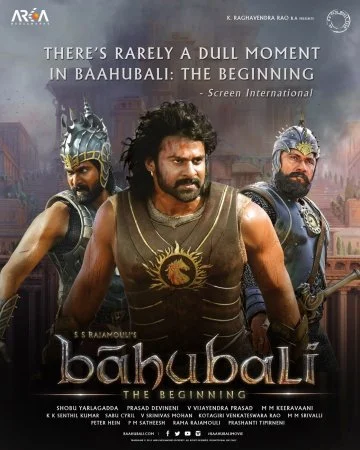






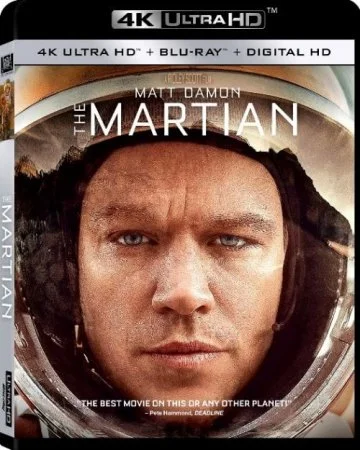



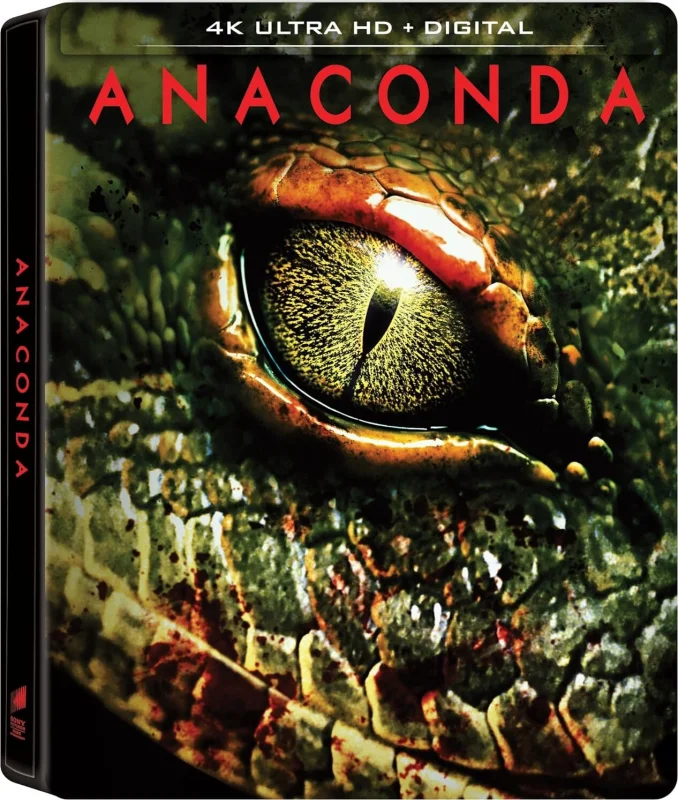



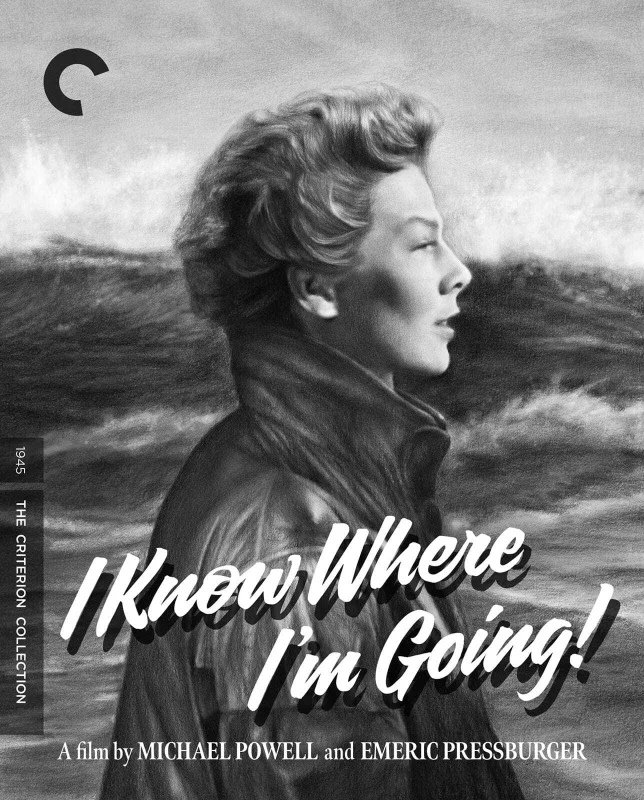





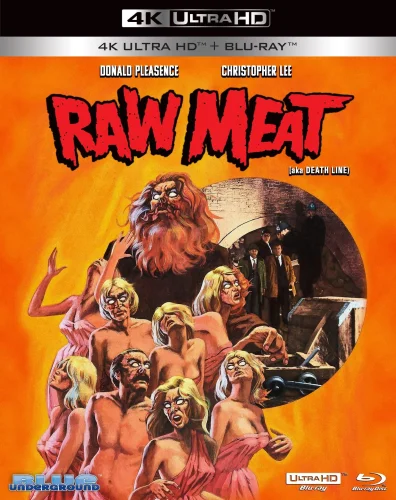
 Like
Like Don't Like
Don't Like